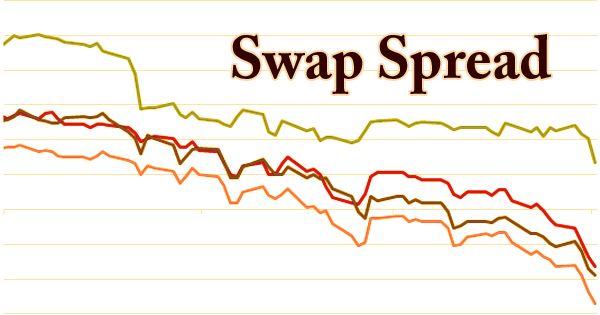Inventory control is study important because, if you study inventory control you will know about inventory and inventory control. You will know how you can profit from improved inventory control. What is the purpose of inventory? Have seven steps to improved inventory control. If you study inventory control you will know about inventory control.
The following seven steps can help you improve your inventory control, improve your level of service and improve your bottom line.
Step One:
Determine which items are your real movers. To accomplish this, you must first determine what represents “dead” inventory in your store. Be realistic. Don’t forget about that shelf of dealer parts tucked away in the back. A good way to measure dead inventory is to evaluate inventory turns. Turns equal cost of goods sold (COGS) divided by inventory value. Calculate COGS on your inventory as a whole, then recalculate on specific lines such as belts or hoses. You may be surprised by the result. Your computer system should be able to provide accurate purchase data by line. If not, speak with your bookkeeper about supplying the proper information.
Step Two:
Turn dust into dollars. You must get rid of what’s not moving. If you multiply your gross profit percent by what you can recover by turning it in, for example, 50 cents on the dollar, 30 cents on the dollar, etc., you’ll arrive at the amount of reinvestment capital available to you. It’s important that you don’t get trapped by thinking about what you paid for it vs. what you can get for it now. Inventory turns can be increased by either selling more parts, or by reducing inventory value. If inventory turns increase, so does your bottom line, guaranteed.
Step Three:
Analyze your business profile. It’s important to consider what you have in stock vs. what types of repairs you perform. Do you do lots of brake repairs? Stock lots of brake parts? Do you ever have to order parts when doing a brake repair? How is the level of your service affected by having brake parts in inventory? Is it working? If not, why stock it?
Step Four:
Determine what and how much to stock. Who makes the ordering decisions in your shop? Does he/she consider seasonal items? Do you utilize replenishment ordering, or do you order to stock levels? If you use the latter, who determines the stock levels? Determining what to stock (and how much) is similar to determining your dead inventory. The difference is how much inventory do you really need? Again, your computer should be able to tell you what is selling and which items produce the greatest gross profits. If the gross profit percent is low on a given item, sales have to be high. But, if gross profit percent is high, you can get away with selling fewer of that item. Remember the goal you want to maximize your level of service. If stocking an item doesn’t help you reach that goal, don’t stock it.
Step Five:
Monitor sales for profitability. It’s easy to fall into the we-sell-lotsa-em, we-better-stock-lotsa-“em” trap. It’s a trap because high sales volume doesn’t necessarily equate to high profitability. If you’re losing money each time you sell one, you can’t make it up in volume. A better consideration would be to determine where the profit lies and unload everything that isn’t profitable. Gross profit per line item is one measure. How much it costs to wait for parts is another. Most of this information is available from your computer (or your bookkeeper from information you’re already providing him/her). Remember, a 1 percent increase in gross profit equals a 1 percent increase in net profit, if the volume remains constant.
Step Six:
Establish daily ordering. This step is nearly self-explanatory. Once you’ve determined what the movers are, gotten rid of the dead inventory, and determined what and how much to stock based on the types of repairs you perform (and the profitability), then you’re ready to order and receive parts daily to replenish yesterday’s sales. If you’re automated, it won’t be a problem. If not, it’s still doable.
Step Seven:
Buy smart. When selecting a supplier, realize that prices are so competitive and deliveries are so good that you do have choices. It’s important to evaluate what you can get from your supplier other than parts. For example, will your suppliers analyze your purchases and returns on an item level? What are your return privileges? What percent can be sent back “no questions asked”? Will they clean up your inventory? How often? Many of these important issues are overlooked when choosing a supplier.
















